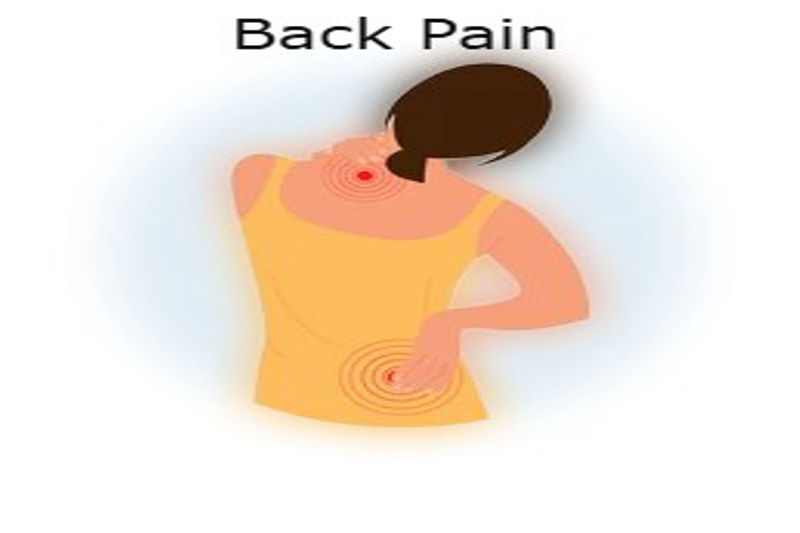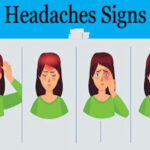Introduction:
Back pain can be caused by a number of problems in any part of the interconnected network of nerves, muscles, bones, tendons, or discs in the spine.
How is back pain treated?
Back pain is a condition that often goes away on its own. The most popular treatment for all types of back pain is to rest the back to prevent future injury.
However, treatment may occasionally be necessary for persistent back discomfort. The following are the most popular remedies for back pain:
1. Medicine:
o Over-the-counter pain relievers: Instances of severe back pain can be treated with over-the-counter nonsteroidal anti-inflammatory drugs (NSAIDs), such as naproxen and ibuprofen. Paracetamol can also be used, although it is not an NSAID and therefore does not fight inflammation. People with stomach ulcers or kidney disease should consult their doctor before using ibuprofen.
o Topical ointments and compresses: Topical ointments are effective treatments for back pain. These ointments often contain ingredients like lidocaine and ibuprofen.
o Muscle relaxants: Muscle relaxants are used to relieve mild to moderate back pain. It is usually prescribed when over-the-counter pain relievers do not relieve pain or when back pain is accompanied by muscle spasms. Muscle relaxants work on the central nervous system (CNS) to provide relief. These drugs are known to cause nausea.
o Opioids (narcotics): These include medications such as oxycodone, hydrocodone, or a combination of acetaminophen and hydrocodone. Opioids are often prescribed for a short period of time to relieve severe, severe back pain. Chronic opioid use can lead to addiction. Therefore, only a doctor’s supervision is recommended when using these medications.
o Antidepressants: Your doctor may prescribe a low dose of amitriptyline, a tricyclic antidepressant, to relieve some types of acute and/or chronic back pain.
o Steroid injections: Injections are considered when all other options fail to relieve back pain. An anti-inflammatory drug called cortisone will be injected by your physician into the area surrounding your spine, known as the epidural space. One of the main drawbacks of cortisone injections is that they only provide pain relief for a few months.
2. Therapy:
o Cognitive-behavioral therapy: Therapy focuses on relaxation techniques and encouraging positive behaviors to treat chronic back pain.
o Acupuncture: This ancient Chinese physical therapy is said to relieve back pain by stimulating muscle and nerve tissue.
o Shiatsu: Also known as acupressure, it uses fingers, thumbs, and elbows to apply pressure to the body’s energy pathways.
3. Surgery:
When all other treatments fail, be it drugs or injections, surgery is the only option. It is usually only recommended for those suffering from the following conditions:
o persistent and severe back pain
o muscle weakness due to nerve compression
or pain due to structural defects (such as spinal stenosis).
Surgical procedures used to treat conditions that cause back pain include:
o Fusion: During surgery, a bone graft is placed between two diseased vertebrae so that they fuse into a solid bone. Surgery reduces the likelihood of painful spinal mobility.
o Disc replacement: This procedure replaces the damaged lining between two vertebrae with an artificial disc.
o Discectomy: This procedure removes a portion of the disc that may be pressing on a nerve.
o Partial discectomy: This is the removal of a small portion of the vertebra that presses on a nerve or spine


